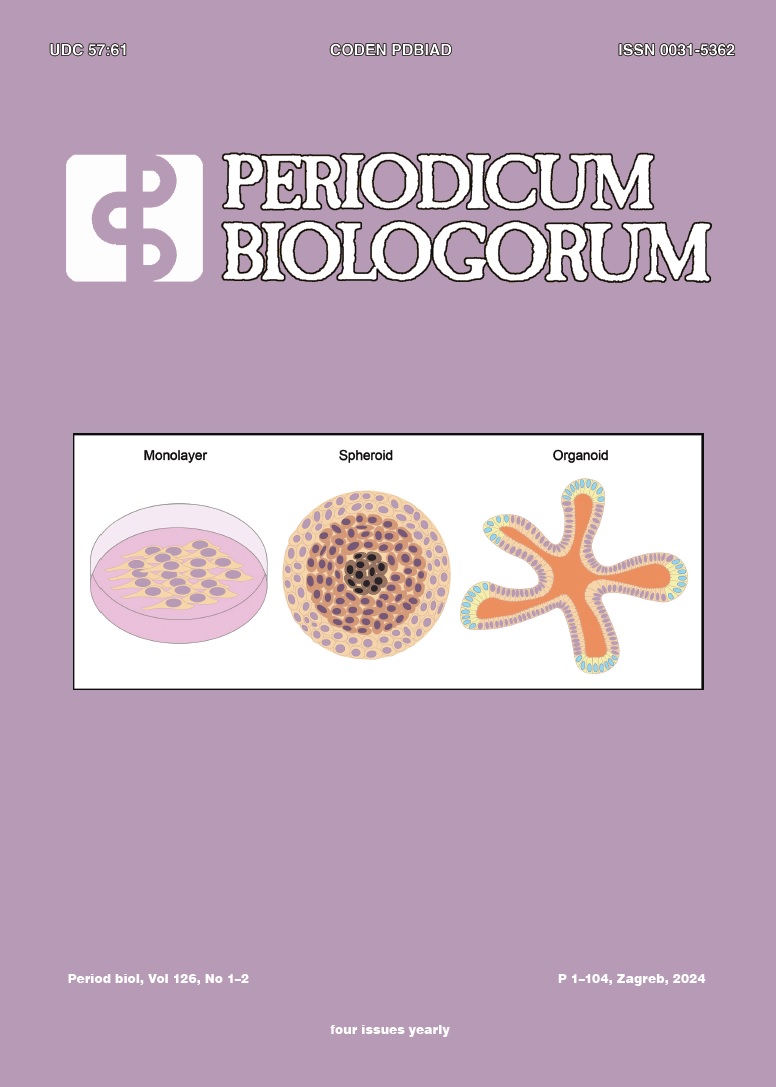Senolytic activity of alpha-Mangostin through in vitro TGF-β signaling inhibition
DOI:
https://doi.org/10.18054/pb.v126i1-2.30627Abstract
Background and purpose: TGF-b is a multifunctional cytokine involved in various cellular processes, including cell growth, differentiation, apoptosis and immune regulation. Depending on the cellular context, it plays an important role in aging, mostly through inducing and/or maintaining cellular senescence. Senescent cells contribute to the pathogenesis and progression of various diseases by secreting pro-inflammatory factors and altering tissue environment, thereby accelerating aging and promoting agerelated disorders. TGF-b pathway suppression is considered a plausible strategy for senescent cell eradication. Small molecules, especially of natural origin, are gaining attention as effective modulators of senescence-associated pathways, including TGF-b.
Materials and methods: In search of TGF-b modulators with potential senolytic activity, we performed an initial screen of TGF-b modulation on 480 naturally occurring compounds. Top inhibitors were retested for TGFb signaling inhibition and a-Mangostin was selected based on its safety and availability profile. We used the flow cytometry-based SA-b-gal activity assay to determine the ability of a-Mangostin to remove etoposide-induced senescent cells in vitro. Potential cytotoxicity was assessed by MTT test.
Results: In our model system, a-Mangostin at 10μM literally abolished the myostatin-induced TGF-b signaling in HEK-293 cells. Furthermore, the compound showed a substantial potential for clearance of senescent cells in three primary cell lines of different origin (Imr-90, HUVEC and hMSCs). At the same time, 10μM a-Mangostin did not affect cell viability in either cell line.
Conclusion: Our results suggest that a-Mangostin, as a naturally occurring compound, is a potential TGF-b modulating senolytic, and encourages further research in formulation development and targeted in vivo studies.
Downloads
Published
Issue
Section
License
The contents of PERIODICUM BIOLOGORUM may be reproduced without permission provided that credit is given to the journal. It is the author’s responsibility to obtain permission to reproduce illustrations, tables, etc. from other publications.


